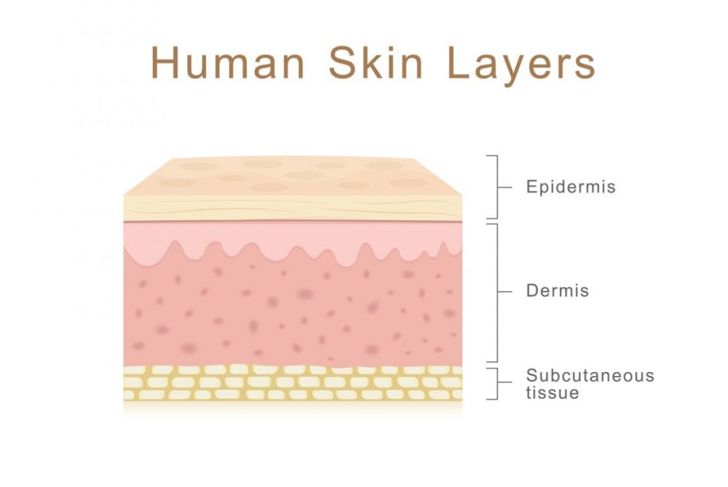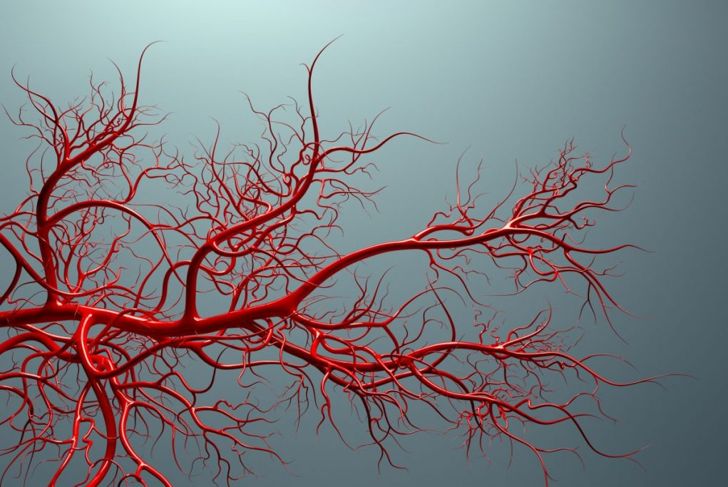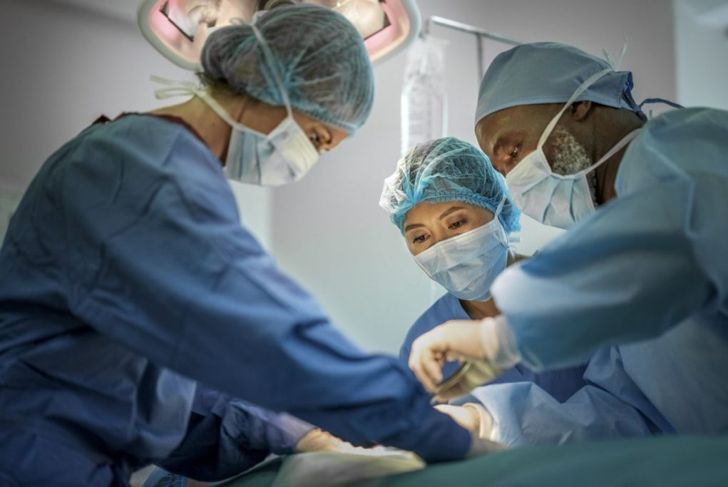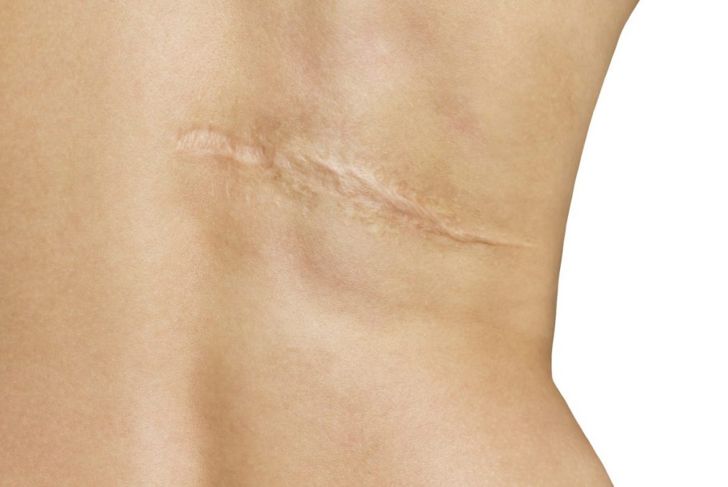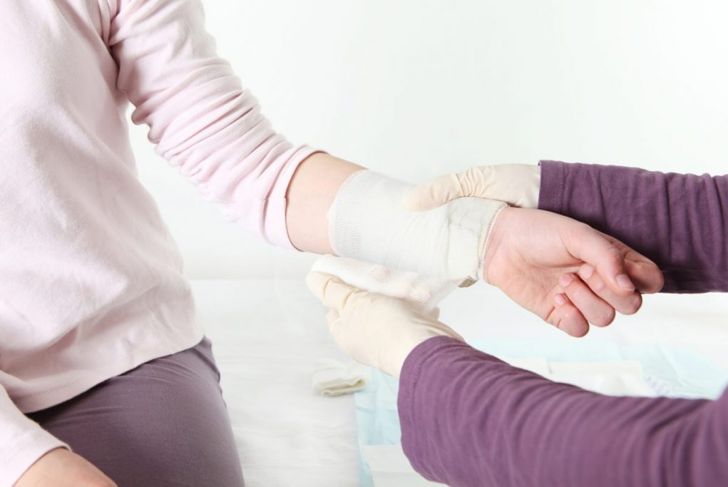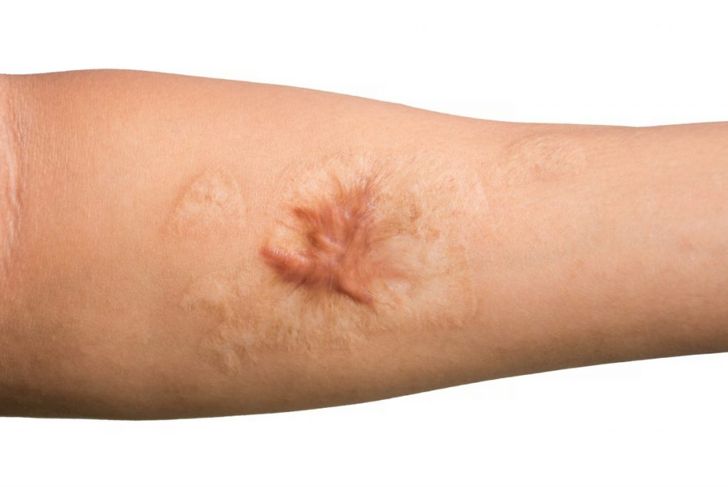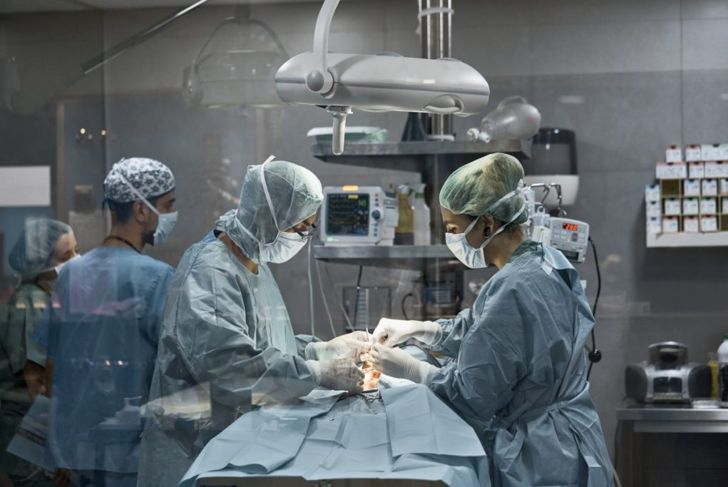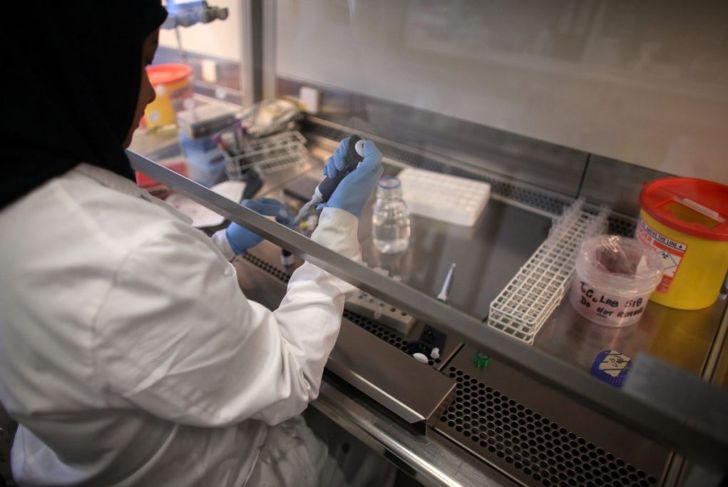A skin graft is a surgical procedure during which a specialist transplants healthy skin tissue from one part of the body to another, damaged area. Skin grafts are most often necessary in cases of skin tissue injury or infection. The volume of healthy donor skin that is transplanted depends on the severity of the damage. Though there is a risk of complications following skin grafting, the procedure is generally safe and effective. The science of skin grafting is evolving, and new approaches are being developed to minimize risks and improve the practice.
Why Are Skin Grafts Performed?
Skin grafts are performed when an injury or infection causes extensive damage to the tissue that the remaining skin cells cannot repair. Skin grafts are most commonly performed in cases of:
- Second- or third-degree burns
- Skin loss due to deep tissue infection
- Trauma to the skin
- Surgical removal of cancerous tissue
Depending on the extent of skin loss, the physician will perform either a split-thickness or full-thickness skin graft.
Split-Thickness Skin Graft
In a split-thickness skin graft, a surgeon harvests the epidermis and a portion of the dermis and grafts this onto the damaged area. This method typically treats less severe skin damage or loss. The donor graft may be expanded through a process called meshing, which increases the surface area of the skin graft without using more donor skin.
Full-Thickness Skin Graft
A full-thickness skin graft may be necessary in cases of deeper tissue loss or small wounds in visible areas such as the face. This type of graft requires the removal of the entire dermis at the donor site because the survival of the graft relies on the greater vascularity or blood supply at the graft site.
Performing Skin Grafts
In full-thickness skin grafting, healthy donor skin is removed to fit the damaged graft site. The surgeon makes an incision with a scalpel and uses stitches or staples to affix the graft. Split-thickness donor grafting uses a dermatone, an instrument that removes the skin in sheets. Electric dermatones are most common, as they allow for specific depth and thickness in harvesting the skin. The surgeon then places the donor skin over the damaged area and affixes it with staples, stitches, or glue.
Donor Skin
Donor grafts typically come from areas of the body not visible when the patient is clothed. The site might also depend on the type of graft. A doctor may take healthy skin from any part of the body for a split-thickness skin graft. Full-thickness donor skin is usually harvested from the chest wall, abdominal wall, or back.
Recovery
A person who receives a skin graft will stay in the hospital for several days following the procedure for post-surgical care and to make sure the healing area does not reject the graft. The healing period for a skin graft is around two weeks. It is vital to keep both the donor and graft surgical sites clean and dry to prevent infection and promote healing.
Aftercare
An aftercare regimen is necessary for several months following the skin grafting procedure. This includes washing and moisturizing the graft daily and avoiding hot water, perfumed soaps, and bubble baths. Grafted skin is highly susceptible to sun damage, so protecting the graft with clothing and sunscreen is important.
Complications
Minor post-graft complications are not uncommon and include irritation, blistering, and bruising. Scarring, skin discoloration, and increased or reduced sensitivity at the graft site can occur. However, fever, chills, redness, discharge, and swelling may indicate an infection. In rare cases, the body rejects the graft. When this occurs, the doctor will remove the initial graft and, eventually, perform a second surgery.
Temporary Skin Grafts
Most skin grafts are autografts, in which the donor and recipient are the same person. This vastly reduces the risk of graft rejection. A temporary skin graft from another source may be necessary, however, prior to the placement of an autograft. An allograft is a skin graft harvested from another person, primarily cadavers. Xenografts are grafts harvested from animals. These temporary grafts protect the damaged skin from infection until the patient can undergo permanent autograft surgery.
Beyond Skin Grafts
Researchers are developing new, more effective techniques in the field of skin graft surgery. The goal of these novel procedures is to utilize living tissue close to the recipient site, eliminating the need for harvesting donor skin elsewhere, and to maintain intact blood vessels. Tissue expansion is a procedure in which a doctor places a balloon-like device under the skin near the recipient site. The device is expanded with salt water for several months. The skin stretches during this time, and when the doctor removes the expander, this excess tissue can be repositioned over the recipient site.

 Home
Home Health
Health Diet & Nutrition
Diet & Nutrition Living Well
Living Well More
More
